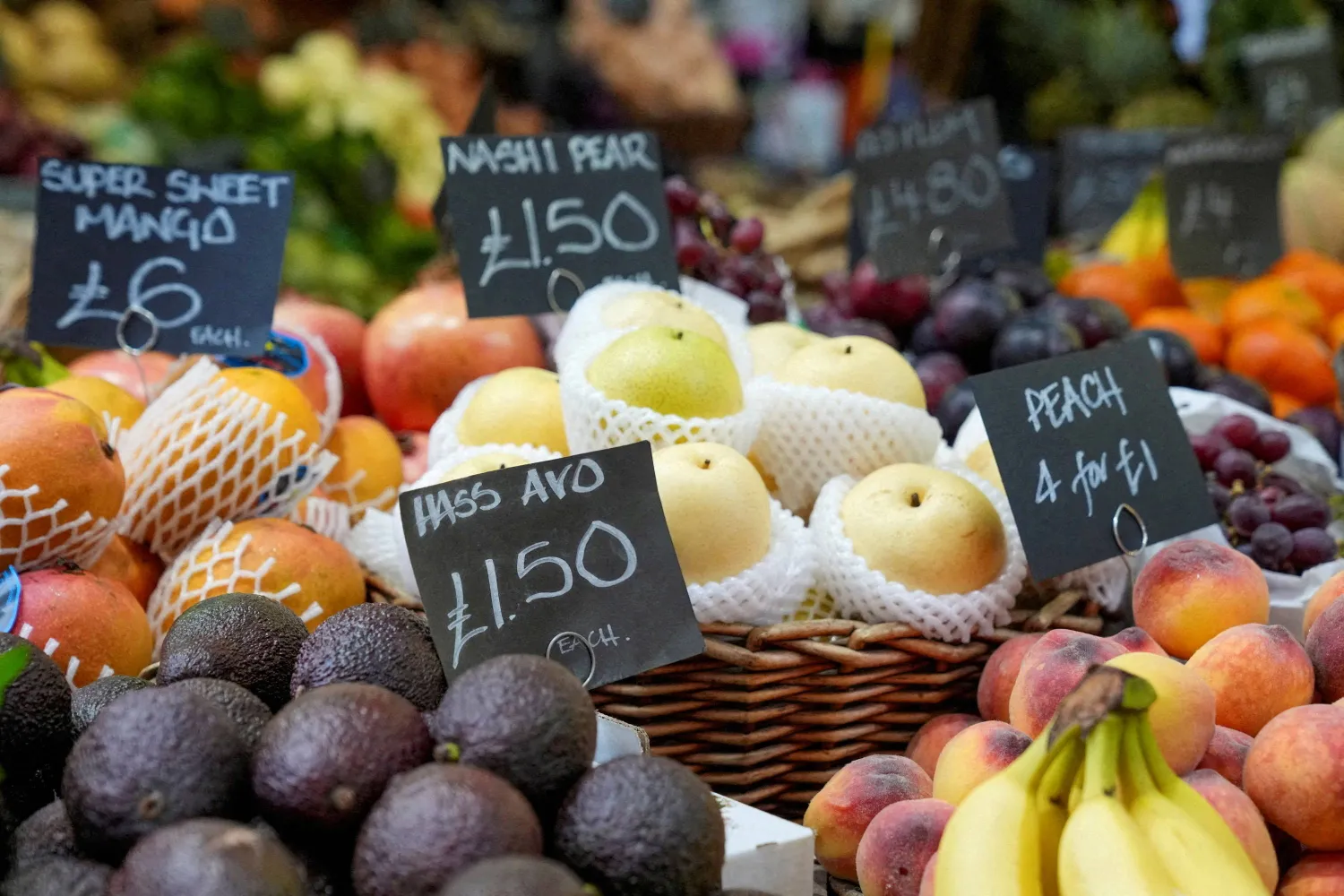The Central Bank of Syria (CBS) on Sunday issued a new banknote for a denomination of 5,000 Liras, the largest to date, amid the worst economic and living crisis facing the country since the start of the conflict nearly 10 years ago.
Announcing the new bill on its official Facebook page, CBS revealed that it started printing the newly-designed banknote some two years ago and that it bears on one side a photo of a soldier saluting the Syrian flag along with a fresco from the Baal Shemin Temple in the ancient city of Palmyra.
This is the third time that CBS issues new banknotes to confront inflation within the last five years. According to international economic reports, the inflation rate in Syria reached 263.64% in 2020.
Syria’s currency has been on a downward spiral since the conflict began in 2011. Trading that year at 48 liras to the dollar, it’s now officially up to trading at 1,256 liras to the dollar. On the black market, the dollar is trading at nearly double the official value.
The currency crash has sent prices of food and basic goods soaring.
The economic hardship has been made worse by the pandemic restrictions, increased Western sanctions on the Syrian government and its allies for their role in the war, and years of corruption and mismanagement
The World Food Programme (WFP) has recorded a 249% hike in the price of basic foods and warned that 9.3 million Syrians are living in food insecurity, with more than 2 million more at risk.
It is worth noting that the new banknote released by CBS is worth about four dollars at the official rate.
CBS said that the new banknote was issued "to meet the need of the market, facilitate cash transactions and reduce their costs."
In other news, banknotes denominating 50, 100, 200 Liras have been put out of circulation due to their staggeringly diminished value.
Several years ago, CBS printed new 50, 100, 200, 500, and 1000 Liras banknotes and put them into circulation. Notes were printed in 2015 and put into circulation in the second half of 2017.









